Tarping a flatbed trailer is crucial for protecting your cargo from the elements and ensuring safe transport. Whether you’re a seasoned professional or a newcomer in the transportation industry, understanding the nuances of tarping can save you time, money, and potential headaches down the road. This comprehensive guide will provide you with in-depth instructions, tips, and best practices to effectively tarp a flatbed trailer.
Understanding the Importance of Tarping
Before diving into the practical steps, it’s essential to grasp why tarping is integral to flatbed transportation. Tarping offers numerous benefits:
Protection from Weather Elements: Rain, snow, and harsh sunlight can severely damage your cargo. A well-secured tarp acts as a shield, ensuring that your goods arrive in pristine condition.
Securement of Load: Tarping helps to stabilize your load, preventing it from moving during transit.
Compliance with Regulations: Many regions have strict regulations regarding the securement of loads. Proper tarping ensures compliance, avoiding potential fines.
What You’ll Need to Tarp a Flatbed Trailer
Before you begin, equip yourself with the right materials:
| Item | Purpose |
|---|---|
| Tarp | To cover the cargo |
| Tarp straps or ropes | To secure the tarp |
| Bungee cords | For additional hold |
| Tarping tool (if needed) | To assist in tensioning |
| Ladder (for high loads) | Safety when accessing the load |
| Gloves | To protect your hands |
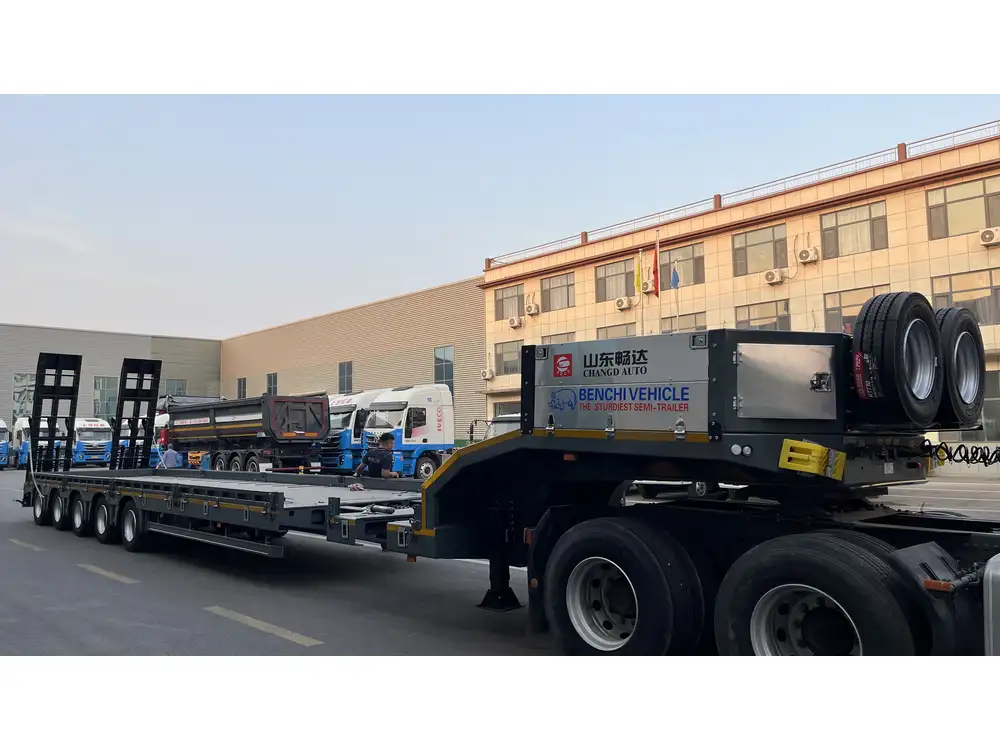
Steps to Tarp a Flatbed Trailer
Step 1: Prepare Your Cargo
Prioritize safety by ensuring that your cargo is arranged properly.
- Even Distribution: Load must be evenly distributed across the trailer. This ensures stability during transit.
- Height Consideration: No part of the cargo should exceed legal height limits to avoid issues on the road.
- Check Restraints: Make sure all securing devices (like straps or chains) are tight and secure.
Step 2: Selecting the Right Tarp
Tarp selection is more critical than it appears.
- Material: Choose tarps made from materials such as polyethylene or canvas, which are durable and weather-resistant.
- Size: It’s essential to select a tarp that covers the entirety of your cargo. If necessary, measure your load’s dimensions accurately.
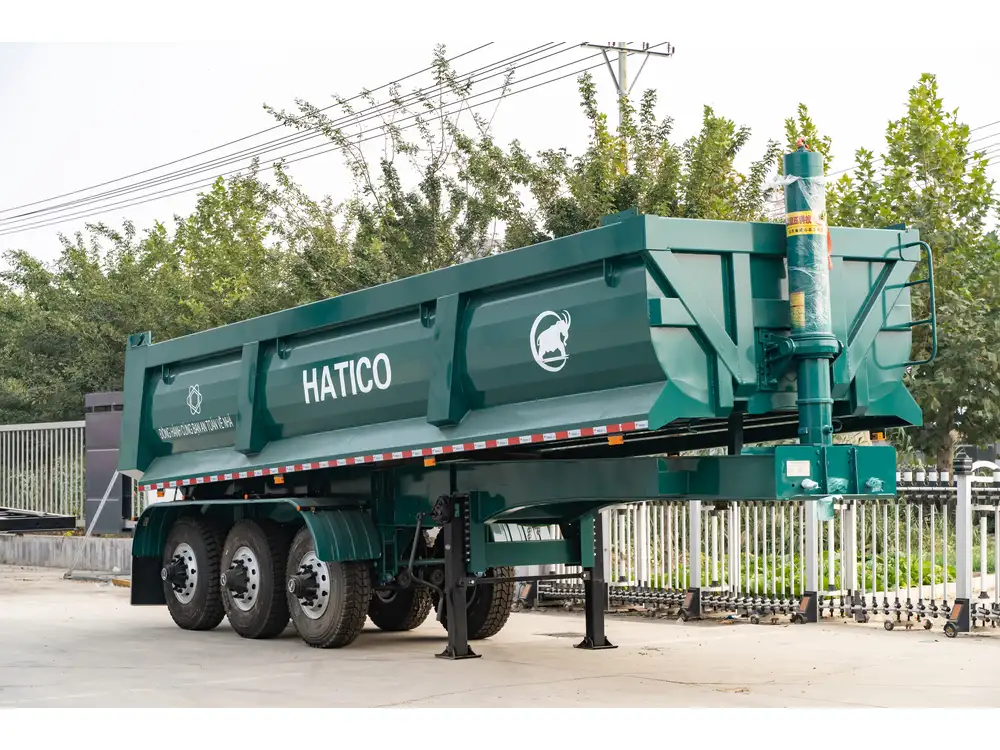
Step 3: Positioning the Tarp
Now that you have everything prepared, follow these steps:
- Roll Out the Tarp: Spread the tarp beside the flatbed trailer, ensuring the width and length sufficiently cover the cargo.
- Estimate Position: Overlap the tarp over the cargo evenly. It’s vital to allow extra length on both ends for complete coverage.
Step 4: Tarp Securing Techniques
Secure the tarp properly to ensure it remains in place throughout transit.
A. Using Tarp Straps
- Attach the tarp straps or ropes to the grommets (eyelets) located along the hem of the tarp.
- Stretch the straps over the load and secure them to the anchor points on the trailer.
- Ensure that the straps are tight, but avoid over-tightening, which can cause damage to the tarp or cargo.
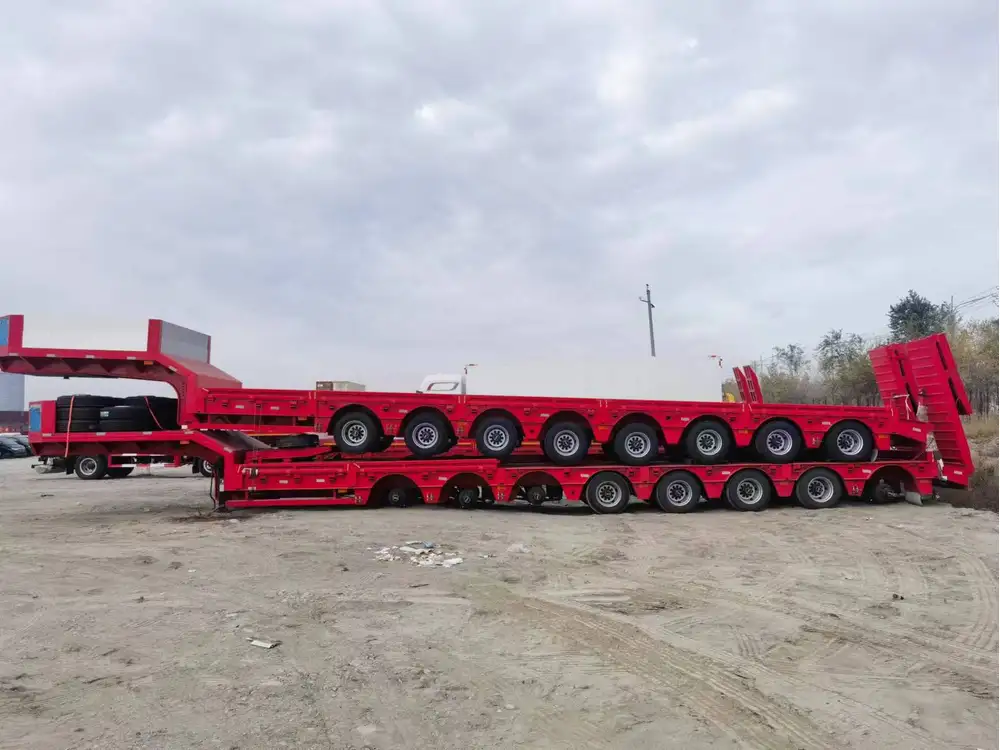
B. Employing Bungee Cords
For added security, especially in windy conditions:
- Loop the bungee cords through the grommets.
- Hook the other end onto a suitable anchor point on your trailer.
- Adjust the tension as necessary to ensure a snug fit.
Step 5: Double Check
Before hitting the road:
- Inspect All Tie-Downs: Examine each strap, rope, and bungee cord to ensure every section is adequately secured.
- Check Tarp Positioning: Look from all angles to confirm that the tarp is evenly distributed across the load.
- Walking Test: Conduct a final inspection by gently shaking the trailer; if the tarp moves excessively, reevaluate your tie-downs.
Step 6: Drive With Awareness
Upon completing the tarping process, it is crucial to remain vigilant during transportation.
- Frequent Checks: Stop periodically to inspect the tarping conditions, especially after traveling long distances or through adverse weather conditions.
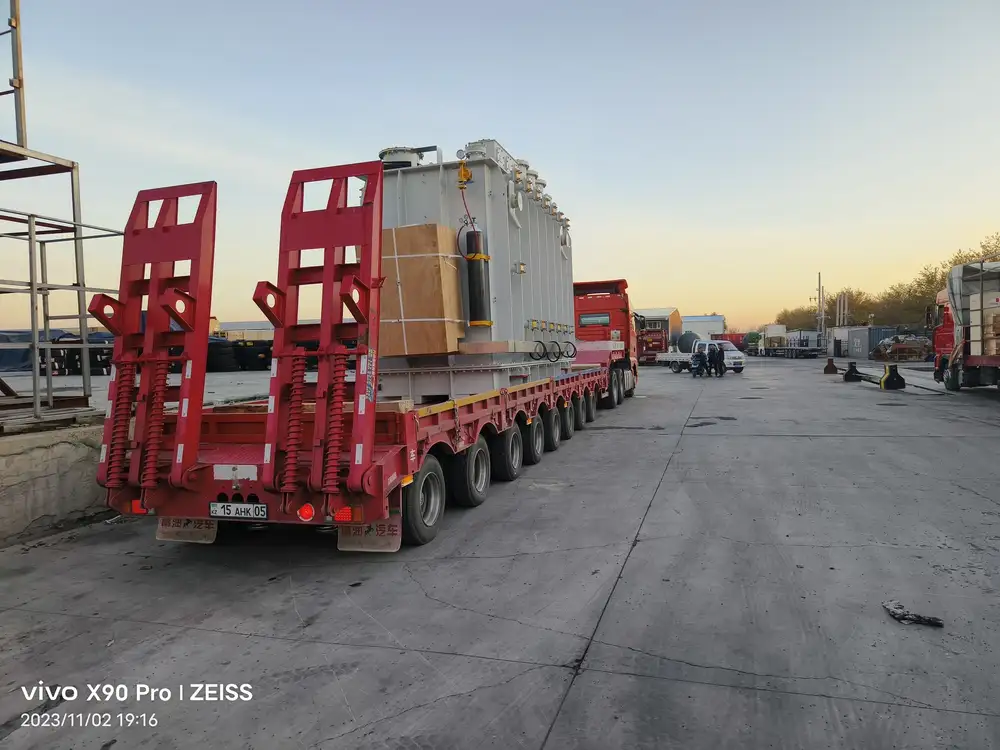
Common Mistakes to Avoid While Tarping
Understanding common pitfalls can dramatically enhance the effectiveness of your tarping process.
Ignoring Weather Predictions: Check weather forecasts before departure. Extreme weather calls for additional measures such as heavier tarps and more secure tie-downs.
Neglecting the Tarping Technique: Improvising with securing methods can lead to loose tarps, risking cargo safety.
Underestimating Tarp Size: Always prefer a slightly larger tarp to ensure full coverage of your cargo.
Not Using a Ladder: For taller loads, a ladder becomes a safety necessity. Don’t risk injury by reaching too high while on the ground.
Advanced Tarping Techniques
For seasoned drivers or those handling irregular loads, consider these advanced methods:
Cross Tarping
For taller, unstable loads, cross tarping can provide additional support.
- Lay two tarps across the load in a crisscross pattern.
- Secure each tarp separately to prevent any slack.
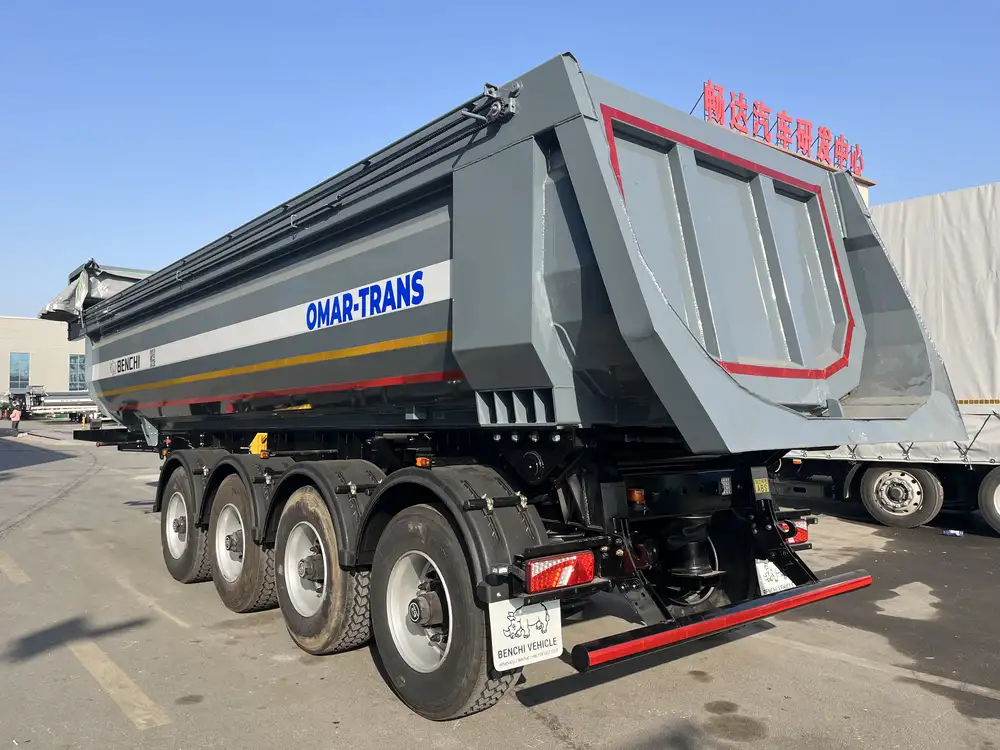
Using Tarp Spreader Bars
When dealing with large or heavy tarps:
- Utilize spreader bars to help stretch the tarp over your cargo.
- This technique minimizes wrinkles and ensures even pressure distribution.
Maintenance of Tarp Equipment
Tarp longevity is linked closely to how well you maintain it.
- Regular Inspections: Frequently examine your tarps for any signs of wear and tear or damage.
- Cleaning: After use, clean your tarp thoroughly to remove dirt, grime, and residues to maintain its integrity.
- Drying: Always dry out your tarp before storage to prevent mold and mildew.
Safety Considerations While Tarping
Safety is paramount in all transportation activities. Ensure the following practices:
- Wear Safety Gear: Gloves and appropriate clothing can protect against sharp objects and harsh weather.
- Utilize Proper Lifting Techniques: To prevent back injuries, always lift with your legs, not your back.

Conclusion
Effectively tarping a flatbed trailer requires diligence, the right equipment, and a systematic approach. By following the steps outlined in this guide, you can ensure your cargo remains safe, secure, and shielded from the elements.
For professionals in the transportation industry, mastering the art of tarping reflects not only commitment to quality but also an understanding of the nuances that define successful freight transport. Embrace these techniques, avoid common mistakes, and elevate your tarping game to meet and exceed operational standards.
By integrating these practices, you will not only protect your cargo but also affirm your reputation as a reliable carrier in the competitive freight industry. Safe travels!



